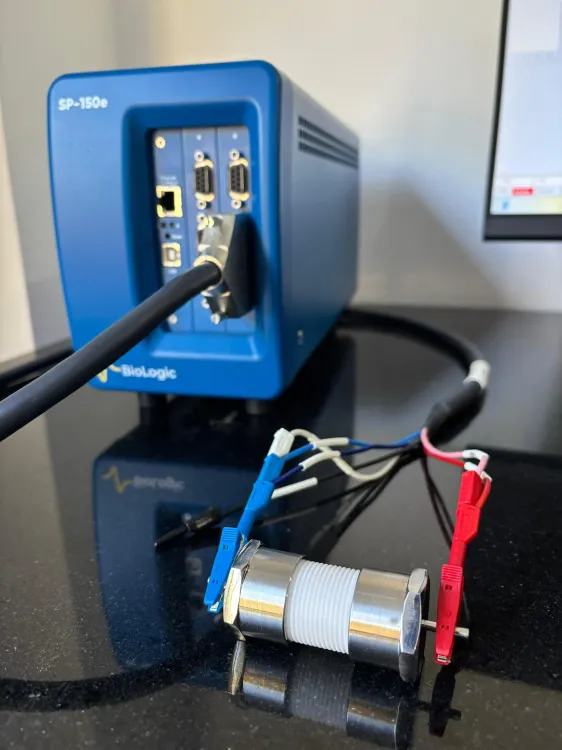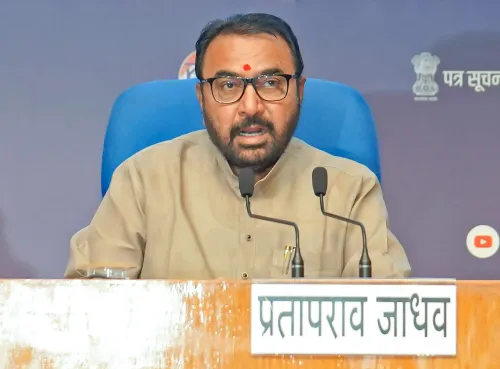Can a New Flexible Supercapacitor Transform Power for Wearables and EVs?

Synopsis
Key Takeaways
- The flexible supercapacitor is a groundbreaking innovation in energy storage.
- It combines flexibility, high energy density, and durability.
- The technology can significantly enhance electric vehicles and wearable devices.
- Stable over 10,000 charge-discharge cycles, ensuring longevity.
- Supports India's journey towards energy independence and sustainability.
New Delhi, Oct 6 (NationPress) Researchers from Nagaland University have created an innovative flexible supercapacitor device designed to power the latest wearable electronics, electric vehicles (EVs), and renewable energy systems. This advancement could significantly alter the landscape of energy storage technologies in the nation.
This research, supported by the Indian Institute of Science (IISc) in Bangalore and financed by the Anusandhan National Research Foundation (ANRF), aims to reduce India's reliance on imported batteries while enhancing clean energy and storage technologies as part of the Atmanirbhar Bharat initiative, according to the researchers.
Going beyond theoretical material development, the team constructed a functional prototype of the flexible supercapacitor, showcasing its practical applicability.
While the initial applications are geared towards health-monitoring devices, IoT gadgets, and robotics, the research team also highlighted its potential benefits for electric vehicles in a paper published in the peer-reviewed journal RSC Advances.
Such flexible supercapacitors could enhance regenerative braking systems, offer rapid acceleration boosts, and prolong battery lifespans.
Dr. Vijeth H, Assistant Professor in the Department of Physics at Nagaland University, stated, "The device merges flexibility, high energy storage, and durability, which are essential for future portable and wearable technologies. This study is the first to compare tungsten, vanadium, and cobalt doping in molybdenum diselenide for energy storage, with cobalt proving to be the most effective."
“This research reinforces India's journey towards sustainable and self-reliant energy solutions,” added Vijeth.
The device, developed at the Advanced Materials for Device Applications (AMDA) Research Laboratory at Lumami campus, employs cobalt-doped molybdenum diselenide, a state-of-the-art two-dimensional (2D) material.
It achieves an impressive energy density of 34.54 W h kg⁻¹ and maintains stability over 10,000 charge-discharge cycles, while also retaining performance even after extensive bending and twisting.
As the demand for wearables, electric mobility, and renewable energy surges, reliable and efficient storage solutions are increasingly essential. By blending flexibility, durability, and high energy density, this research marks a significant advancement.
“Future steps involve optimizing the electrode–electrolyte interface, enhancing safety with solid-state gel electrolytes, and scaling up production processes. Collaborations with industry are also being pursued to bring this technology closer to market readiness,” noted Pewe-u Marhu, a Research Scholar in the Department of Physics at Nagaland University.









